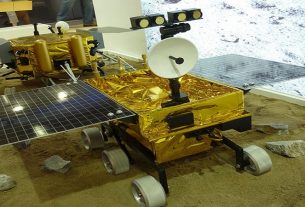Due to the high energy demands of silicon processors in computers and connections in data centers, scientists developed a new cable capable of linking energy and information faster. This new cable, made of polymer plastic, is lighter and cheaper to produce compared to copper, and transfers information 10 times faster than USB. Also, this new energy and information link could be used in the automotive and space industries in the future.
In the current era, where electrical and data connection is necessary to work, study and entertain, information processors are a fundamental part of technology. Cables such as USB and HDMI require a lot of power when trying to transfer large amounts of information. Faced with the demand for these cables to support more than 100 gigabytes per second, scientists developed a new cable capable of transmitting more information, with less energy use and cheaper.
Jack Holloway, a doctor in electrical and computer engineering from the Massachusetts Institute of Technology (MIT), together with a team of scientists developed a cable made from a plastic polymer. This cable is “much cheaper to produce” compared to the copper ones, and when the new link is operated by subterahertz electromagnetic signals it is more efficient in transmitting data. This polymer cable is just as efficient as fiber optic cable, yet it has an advantage: “It is compatible with silicon processors without special manufacturing,” Holloway says.
This conductor has a diameter of 0.4 millimeters, “like a lock of hair,” says Ruonan Han, a professor associated with the study. Despite its small diameter, this driver has a total bandwidth of 105 gigabytes per second, 10 times faster compared to USB cable. With these qualities, this cable could be used in the future by the aerospace or automotive industry and thus be more energy efficient.
In developing this link, the group of scientists led by Holloway also designed low-cost processors to combine with the polymer conductor. This, after identifying the silicon processors, present difficulties when operating under subterahertz. With this solution, the scientists hope to create complete connections with these new materials and improve their production costs.
Also, scientists hope that this cable could be a faster connector by bundling it together, and then reaching the speed of one terabyte per second, “still at low cost.” Connections to data centers, processors, and other technology devices could save energy and be more efficient with this new conductor.




